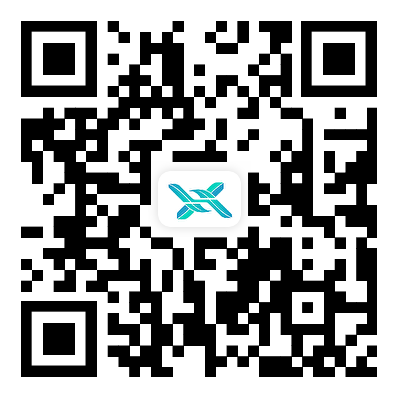
Rabbit monoclonal antibody technology platform
Constream Biotech - Phage Display Technology × Rabbit Monoclonal Antibody Development, Unlocking New Potential for High-Affinity Antibodies
Constream Biotech - Phage Display Technology × Rabbit Monoclonal Antibody Development, Unlocking New Potential for High-Affinity Antibodies
As a leading antibody development CRO globally,Constream Biotech innovatively integrates phage display technology with a rabbit monoclonal antibody development platform, committed to providing global clients with high-diversity, high-affinity antibody discovery solutions. For complex targets (such as GPCRs, phosphorylated proteins, and viral antigens), we use technological innovation to break through traditional development bottlenecks, empowering the development of therapeutic antibodies, diagnostic reagents, and research tools, and accelerating the translation of drugs from the laboratory to the clinic!
Core Technological Advantages
1. Rabbit-derived Antibodies + Phage Display: Double Advantages
- Characteristics of Rabbit-derived Antibodies: The rabbit immune system can recognize small molecules, unfolded proteins, and complex modified antigens (such as glycosylated/phosphorylated epitopes), producing antibodies with affinities (KD as low as 10^-11 M) significantly superior to mouse-derived antibodies, especially suitable for the development of "difficult-to-drug" targets.
- Phage Display Technology: Constructs ultra-large capacity rabbit-derived immune libraries (library capacity >10^9-11), through efficient in vitro screening, directly obtaining high-specificity monoclonal antibodies, avoiding problems such as low cell fusion rates and clone loss in traditional hybridoma technology.
2. Full Process Technological Closed-Loop, Precise and Efficient
- Intelligent Immunization Scheme: Adopts multi-epitope antigen design, combined with personalized immunization cycles, to maximize the activation of rabbit B cell diversity;
- High-Diversity Library Construction: Extracts VH/VL genes from rabbit peripheral blood lymphocytes, displays them on the phage surface in the form of ScFv or Fab, retaining natural light and heavy chain pairing;
- Targeted Screening and Optimization:
- Solid-phase/Liquid-phase Screening: Adapts flexible screening strategies for soluble antigens, cell surface targets, or tissue sections;
- Affinity Maturation: Improves antibody affinity by 10-100 times through mismatch PCR, chain replacement, and other technologies;
- Humanization Modification: Based on rabbit-human antibody framework homology, retains CDR region activity, and reduces immunogenicity risk.
3. Multi-dimensional Verification System, Ensuring Druggability
- Binding Activity Verification: SPR/BLI determines affinity and kinetic parameters (Kon/Koff), ELISA/Flow cytometry verifies specificity
- Functional Activity Analysis: Cell killing experiments (ADCC/CDC), receptor blocking activity (such as virus neutralization), in vivo efficacy models (PDX models);
Developability Assessment: Thermal stability (Tm value >70℃), aggregation tendency (SEC-HPLC monomer peak >95%), expression level optimization (CHO system >5g/L).
Preparation Process

Service Content
Serial Number | Main Steps | Content | Cycle | Delivery Results |
1 | Antigen Preparation | 1. Customer provides 3-5mg of antigen 2. Express his, Fc-tagged antigen (optional) | 2-3 weeks | Obtain sufficient antigen for immunization and identification |
2 | Animal Immunization | Immunize 2 New Zealand rabbits/immunogen | 8-10 weeks | Post-immunization titer greater than 1:100000; if serum is less than 1:5000, booster immunization or termination of the experiment can be considered |
Collect rabbit serum after 4 immunizations for antigen ELISA detection | ||||
Phage Display Nanobody Library Construction and Screening | 1. Extract mononuclear cell RNA, reverse transcribe to cDNA, and PCR amplify antibody genes; | 4-6 weeks | Provide at least 10 antibody sequences that specifically bind to the antigen | |
1. Select a screening scheme according to the antigen characteristics | ||||
3 | Antibody Expression and Purification | 1. Perform prokaryotic (Fab) or eukaryotic expression (rabbit-human chimera) according to customer requirements | 2-3 weeks | Provide >0.5mg purified antibody |
4 | Humanization (Optional) | Sequence analysis | 2-3 weeks | Humanized sequences and protein samples (1mg/antibody) |
5 | Document Writing and Transfer | Complete and transfer antibody materials and sequence file reports | 1 week | Transfer relevant technical report files (carrier sequencing report, purified protein verification report) |
6 | Total cycle | 20-24 weeks | ||
Documents


